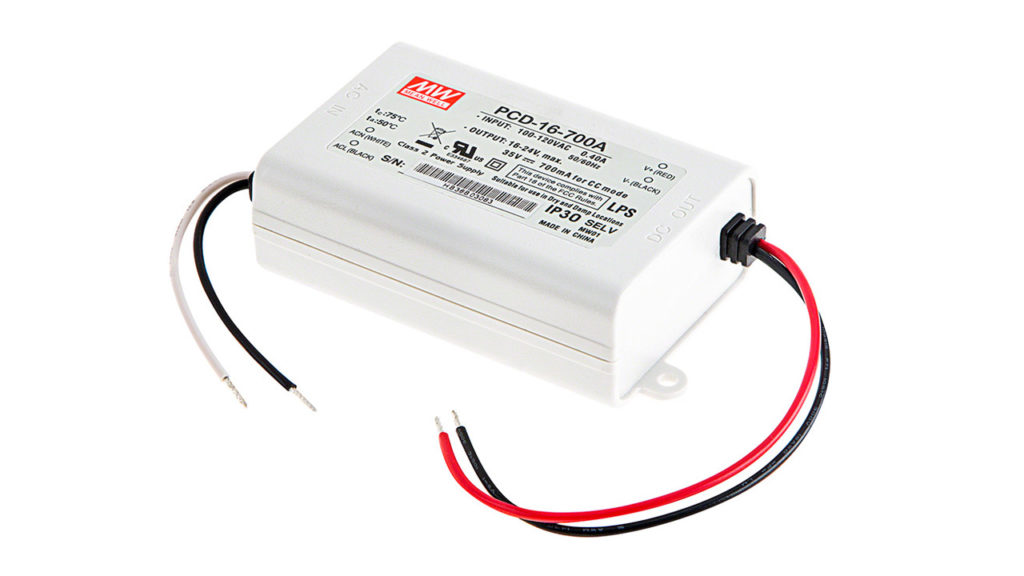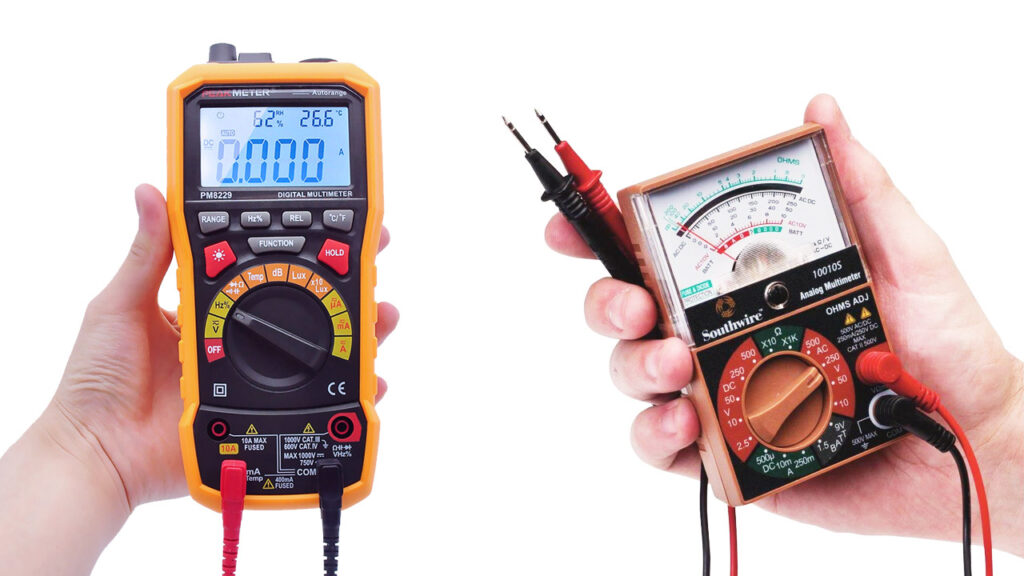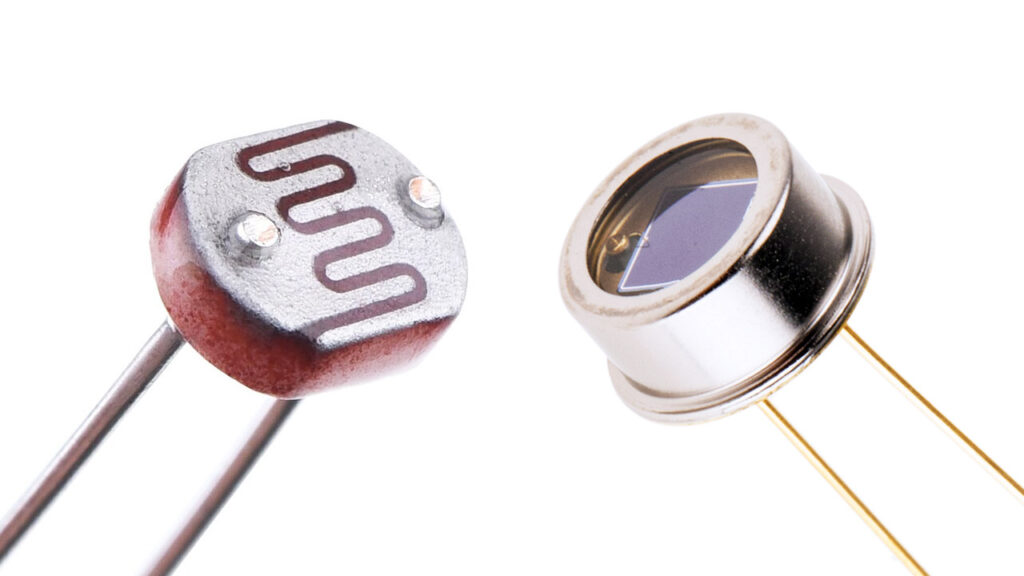What Is the Life of Rechargeable AA and AAA Batteries?
The majority of rechargeable AA and AAA batteries on the market are Nickel-metal hydride (NiMH) batteries. NiMH batteries can be charged/discharged for up to 500-1,000 cycles. This means they can be used for up to 10 years at an average charging frequency.

The majority of rechargeable AA and AAA batteries on the market are Nickel-metal hydride (NiMH) batteries. NiMH batteries can be charged/discharged for up to 500-1,000 cycles. This means they can be used for up to 10 years at an average charging frequency.
Rechargeable NiMH batteries are very popular because they are economical and environmentally friendly. After being charged, rechargeable batteries can be utilized in a similar manner to conventional batteries.
Rechargeable batteries can power many devices such as cameras, telephones, radios, radios, toys, flashlights, keyboards, mice and many more. The ability to recharge batteries ensures very low recharging costs for electronic devices.
The biggest advantage of rechargeable batteries is that they can be charged and reused hundreds of times. The fact that batteries can be used over and over again means huge savings over their lifetime.
NiMH batteries have a flat discharge curve which means stable performance. They maintain a high voltage for 80% of the use cycle.
The average rechargeable NiMH battery can be charged 500 times. Given the best conditions, it can last up to 1,000 charges. Given that there are 52 weeks in a year, this means that a battery charged every week can last up to 10 years.
In some cases, the life of batteries can be much shorter than expected. The biggest cause of premature failure of NiMH batteries is fast and excessive charging. A well-designed charger should therefore be used to charge the batteries.
The disadvantage of NiMH batteries is that they do not perform well for long-term storage. NiMH batteries discharge about 1% every day when not in use. This means that after 30 days they can retain 70% of their charge.
Higher temperatures cause batteries to discharge faster. Storing NiMH batteries in a temperature range of 4-16 °C helps to keep the charge longer. To restore normal performance after prolonged storage, batteries need to be cycled through several charge/discharge cycles.
On the other hand, ordinary disposable batteries have a voltage of 1.5 V. Rechargeable batteries, by their very nature, provide a voltage of 1.2 V. Although the majority of electronic devices are designed to tolerate low voltage, some devices may have incompatibility problems.
Disposable batteries are not suitable for charging. Inserting such batteries into a charger may cause a fire.






